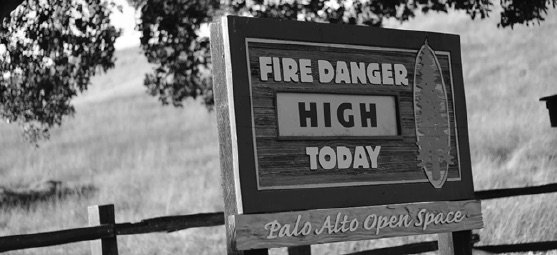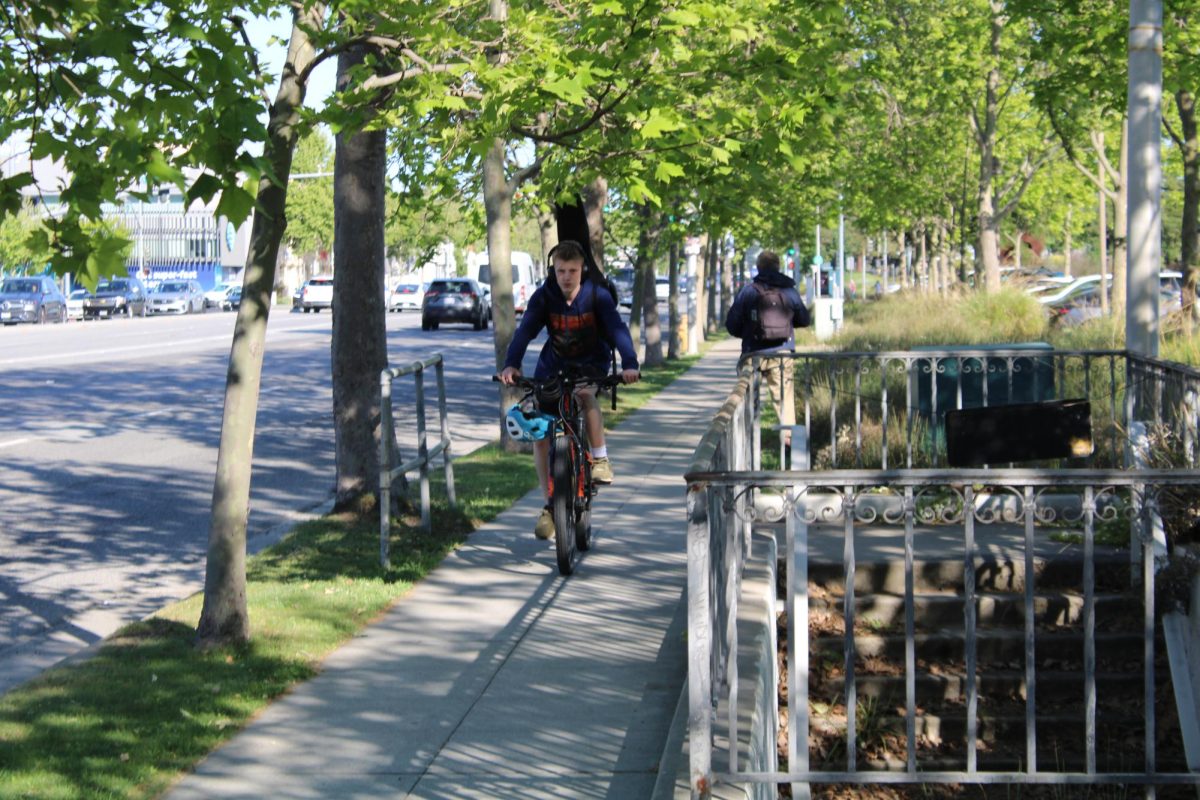The Palo Alto foothills have become at elevated risk for wildfires due to the lack of precipitation in the area, increasing the land’s flammability.
If ignited, the wildfire would be detrimental to local residents and animals inhabiting the park as it would increase the concentration of air pollutants and be destructive to nearby neighborhoods.
According to Foothills Park Ranger Christopher Cadewell, if the wildfire were to occur, it would impact local ecosystems.
“Foothills Park protects three major ecosystems, the Oak Forest, California Grassland and Chaparral,” Cadewell said. “All of these ecosystems are adapted to the infrequent wildfires that naturally occur throughout California. The land our park preserves is also composed of many canyons and valleys. Fire in that kind of terrain can be particularly dangerous. As droughts and drier conditions become more prevalent in our region, the risk for wildfire also increases.”
Rangers at the Palo Alto foothills have been training to counter to the potential fire in an effort to mitigate the risk and impact it fire would have on neighboring areas and within the park itself.
According to Cadewell, rangers work throughout the duration of the year to manage the risk of a fire. Rangers train and work with agencies within the area, including the Palo Alto Fire Department and the Midpeninsula Open Space District, to establish a support system in the likely event of a wildfire.
“All of the rangers are trained to respond to wildfires, and all of our patrol trucks are equipped with water tanks and hoses to fight the fire,” Cadewell said. “We also work to prevent fire by breaking up or removing potential fuels in certain areas of the park. We call these ‘fuel breaks,’ and they can serve as a barrier to spreading fire in the future.”
According to Paly chemistry teacher Aparna Sankararaman, California’s recent heightened temperatures and increased vegetation density make circumstances throughout the state drier. These conditions lead to the terrain being more prone to a wildfire
“Typically, you have an increase in wildfires in an area where there are a lot of flammable materials,” Sankararaman said. “An increase in flammability ends up being problematic in an area where there isn’t enough rainfall, as rain acts as a preventative method against fires. Hopefully, this year we will have a better season that will allow the ecosystem to retain enough of its moisture to prevent the wildfires.”
The potential for wildfires would also affect student-life, as the fire would not only decrease the air quality of the city, but also restrict people from attending the park. According to junior Thomas McGall, president of the Hiking Vikings Club, the preserve is one of the most suitable for hikers in Palo Alto in comparison to other hiking trails.
“The park is huge, making it the location for a hiking spot,” McGall said. “A wildfire would be a local catastrophe.”
If the wildfire risk continues to increase, the club will be forced to find an alternative location to hike.
“Foothills Park is the most fitting location for hiking, and if it were to have a wildfire, we would most likely have to hike at the Stanford Dish,” McGall said. “The hiking trails there don’t compare to those at Foothills …The loss of the park would be a tragedy for even non-hikers who visit the park just for its scenery.”









